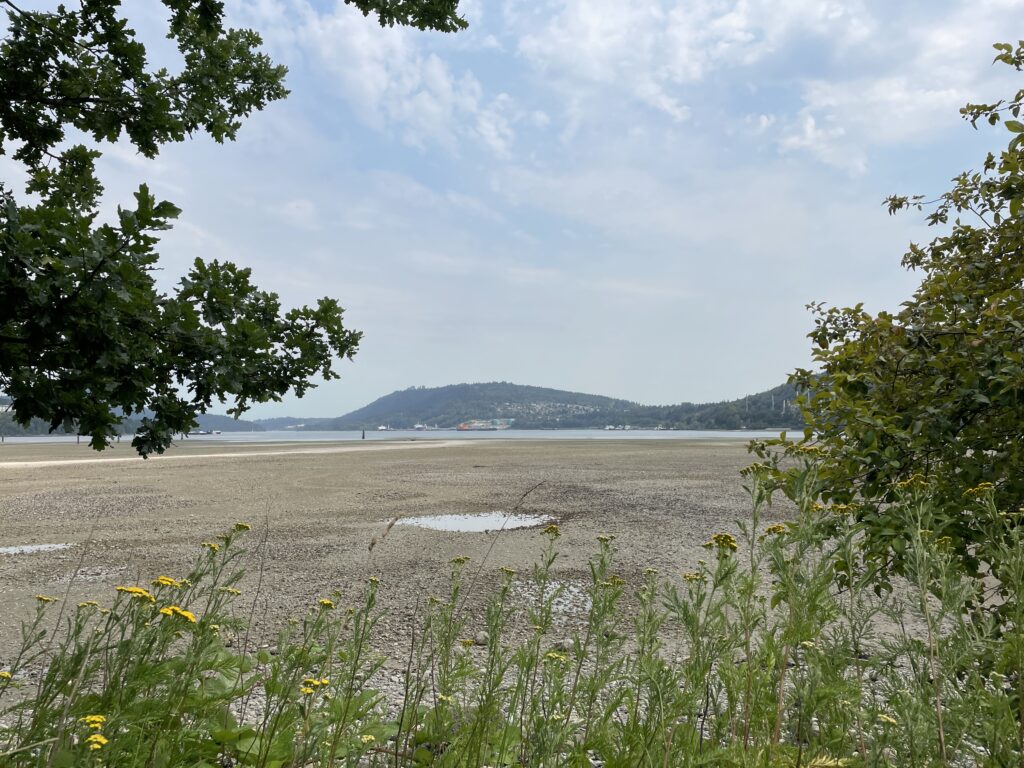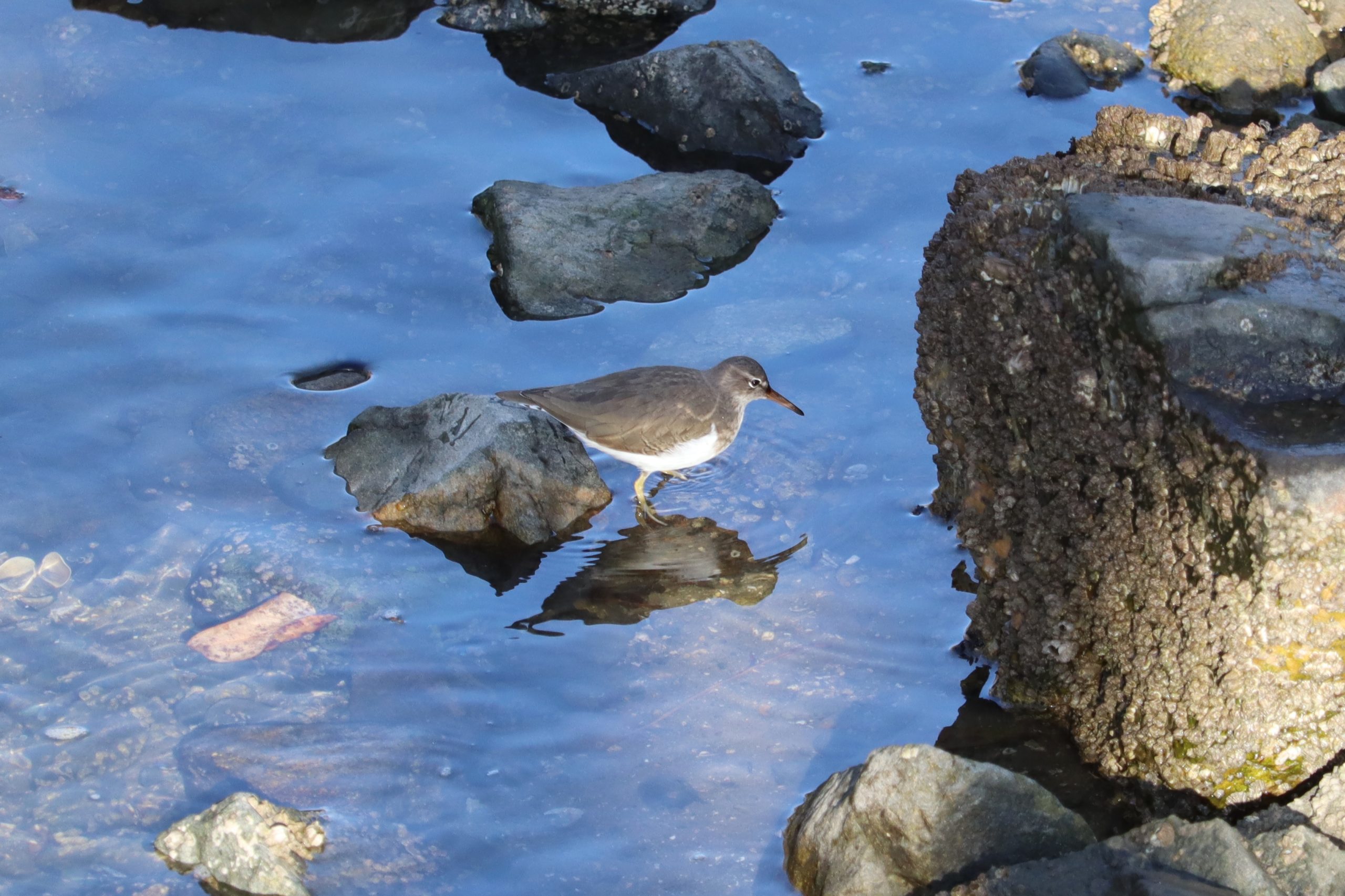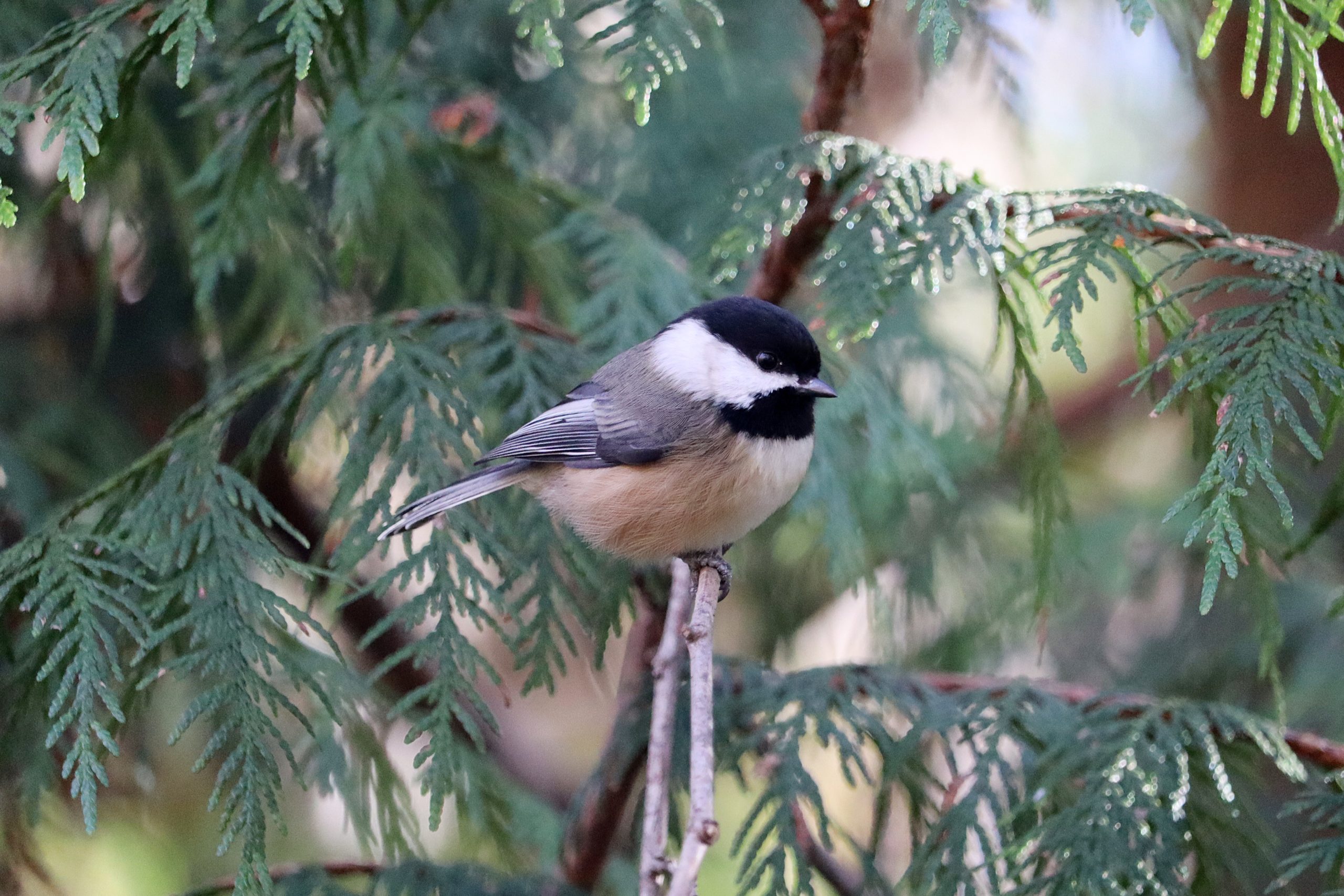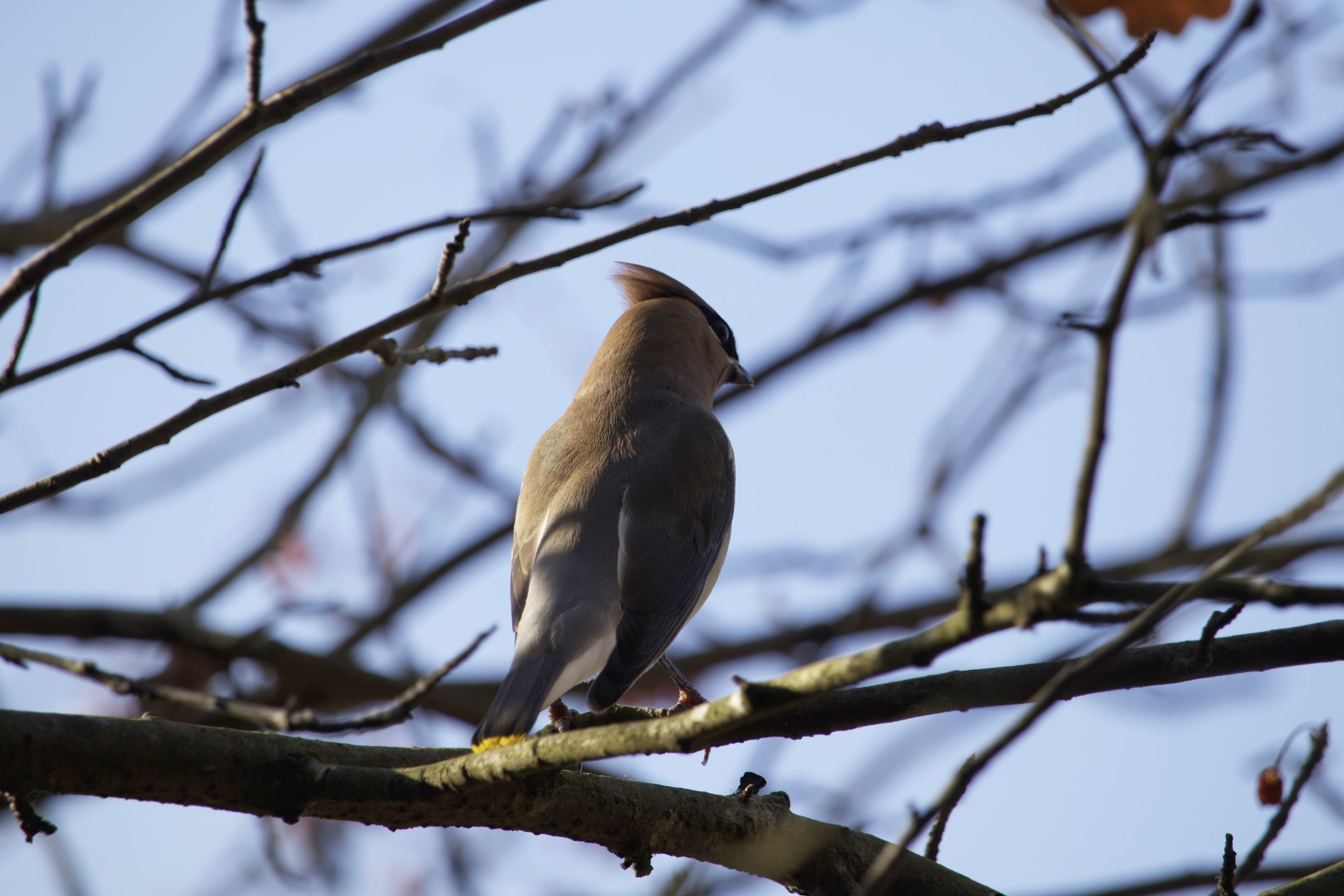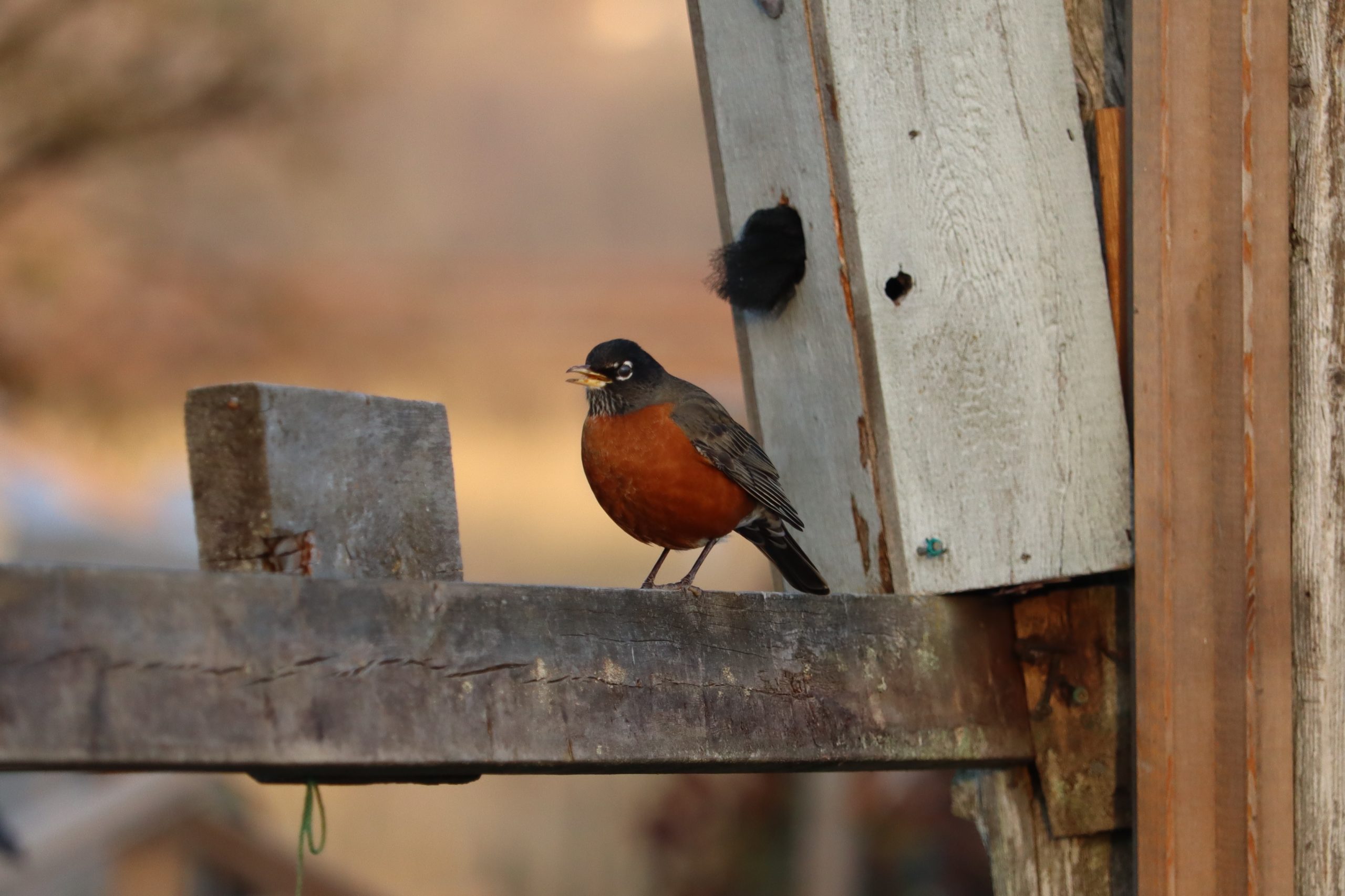Where: Maplewood Flats (North Vancouver), Blakeburn Lagoons Park (Port Coquitlam), Tlahutum Regional Park (Coquitlam), Piper Spit, Burnaby Lake (Burnaby)
Weather: Sunny, 21-24°C
Maplewood Flats
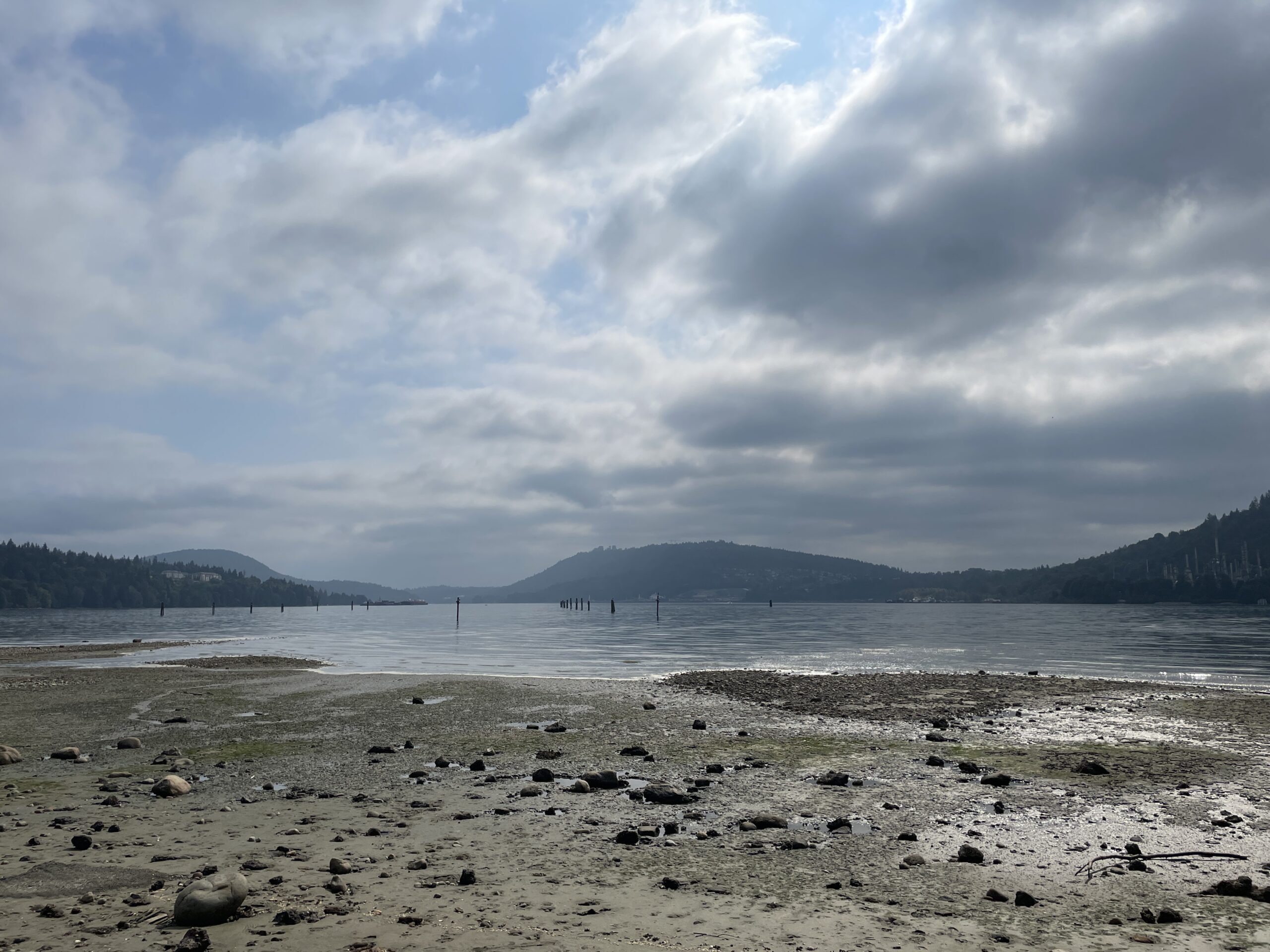
It was birding all over the place today. The only thing missing was the birbs. We heard a few and eventually saw a few, but it was mostly waterfowl and the like as songbirds seemed to prefer hiding away on what was a very humid day.
We began at Maplewood Flats and saw and heard a few chickadees, spotted some cormorants offshore, and a few gulls, but a promised sandpiper remained elusive. The scenery is always nice here, though.
Blakeburn Lagoons Park
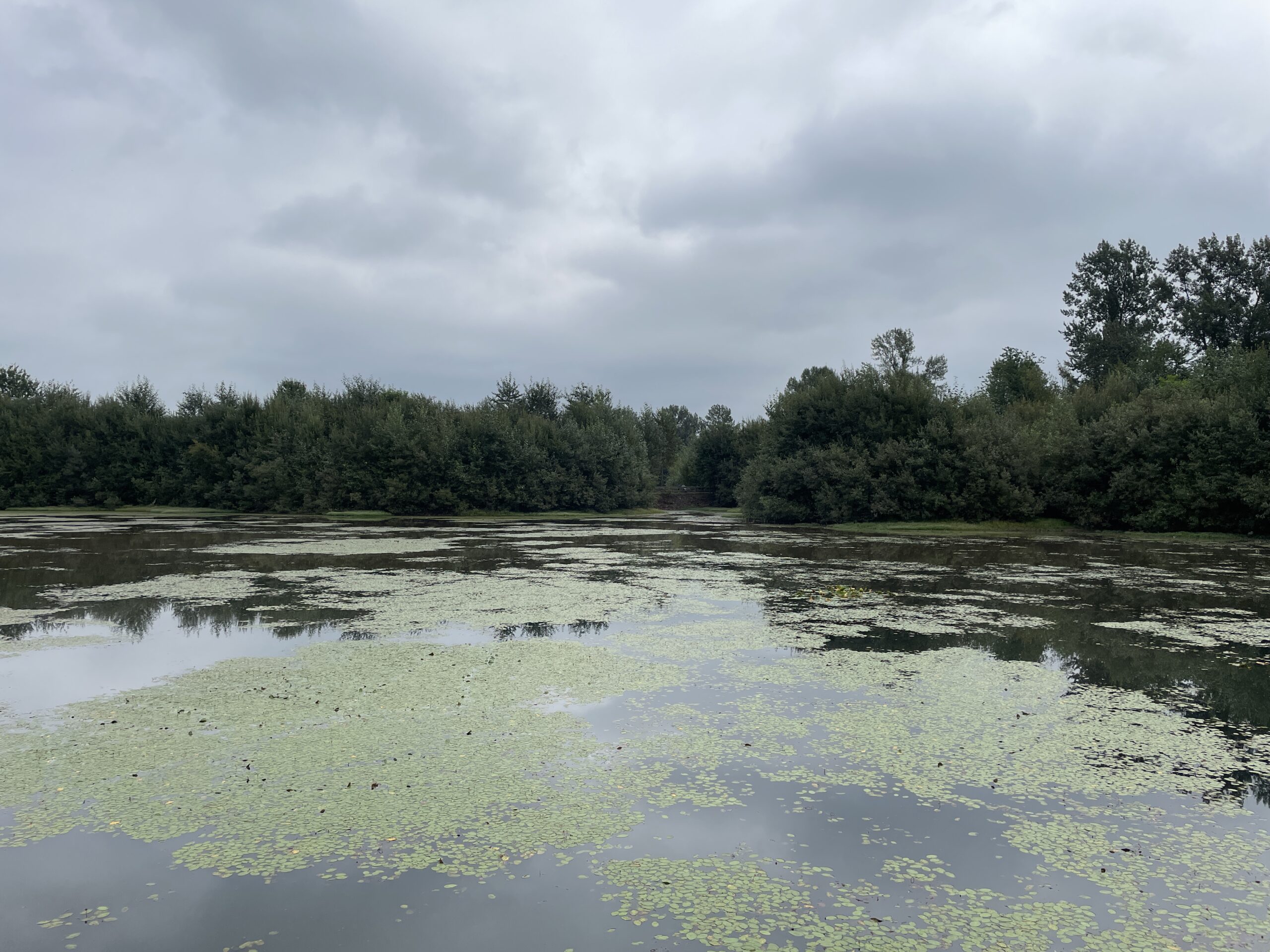
We went to Blakeburn Lagoons to search for the elusive green heron. It remained elusive. We did see several great blue herons as compensation.
Otherwise, it was ducks and plenty of them, along with a solitary Canada goose, the only one we saw today (I think).
Tlahutum Regional Park
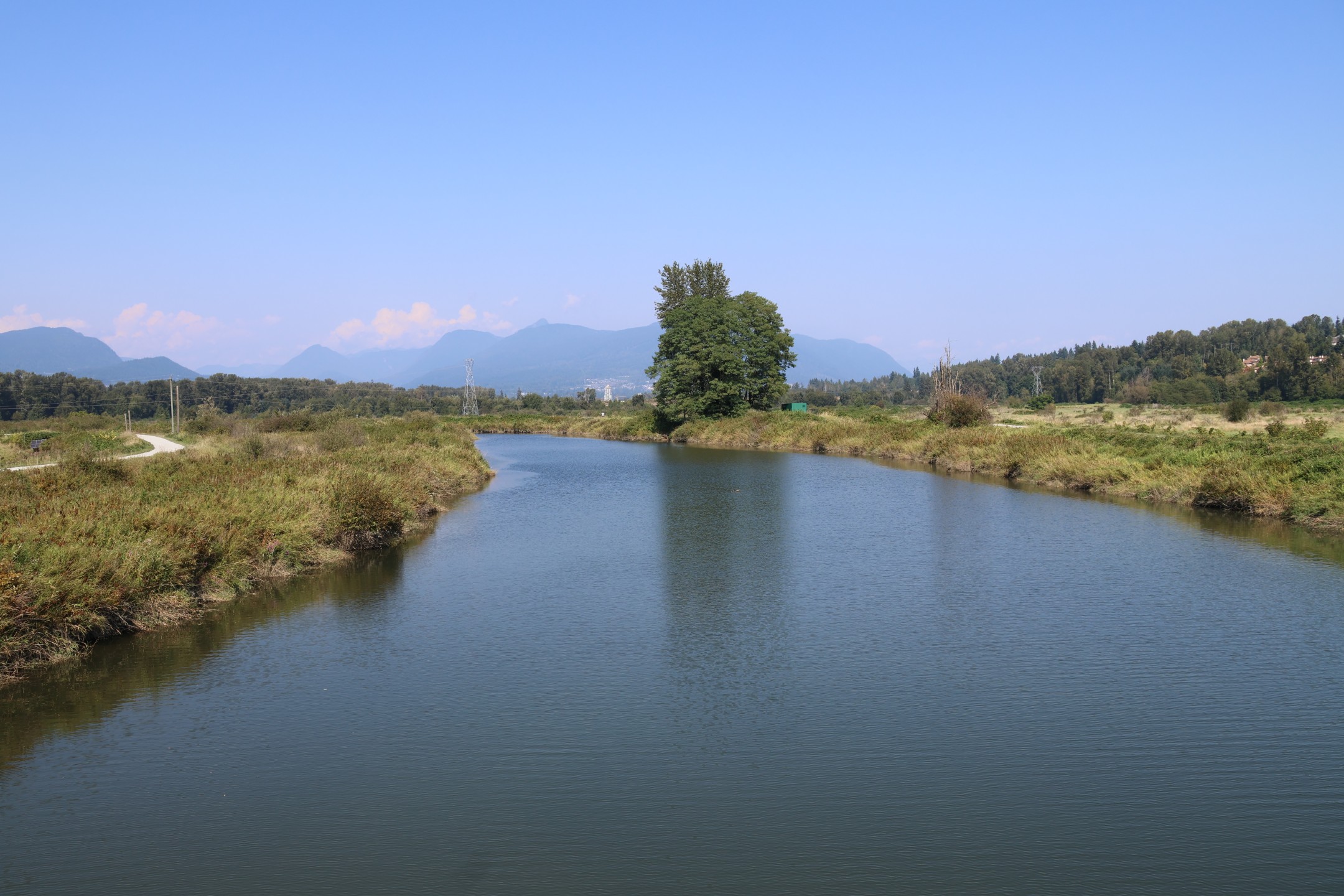
There were ducks in the main pond at Tlahutum and a couple of bald eagles flapping high overhead, but very few other birds were making themselves visible, so we made do with shooting flowers and the many pollinators tending to them.
Piper Spit
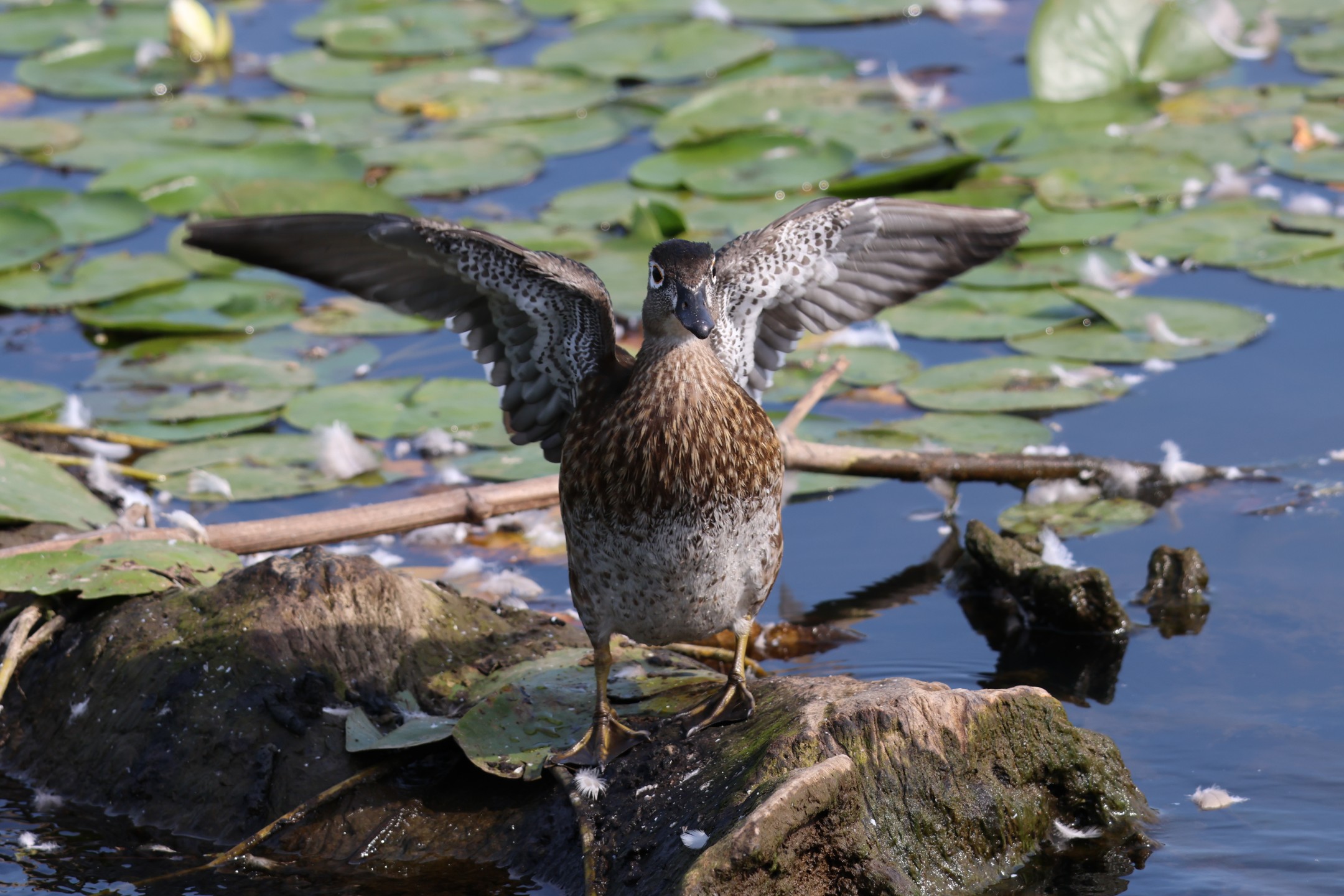
The land mass at Piper Spit is not only back, but fairly massive. A few small shorebirds were darting about on it, but most birds preferred the water. In the water, we saw the usual mix of mallards and wood ducks, along with a pair of hooded mergansers, but no geese. And lo, there was the first coot of the season, swimming about by itself and looking glorious and weird. It’s as much a sign of fall coming as the proliferation of pumpkin spice in everything from muffins to school supplies (probably).
Several people were stupidly feeding the birds again. Having recently seen bears up close and personal here, I feel comfortable in calling their actions stupid.
But we also saw a song sparrow. Just one, but it stopped hopping just long enough to let us get some decent shots. A few wood duck males were also back to near-full, resplendent mullets.
In all, a fine day of birding, even with the scarcity of birbs.
The Shots
Shot with a Canon EOS R7 with 18-150 mm kit lens and 100-400 mm telephoto.
A few shots:
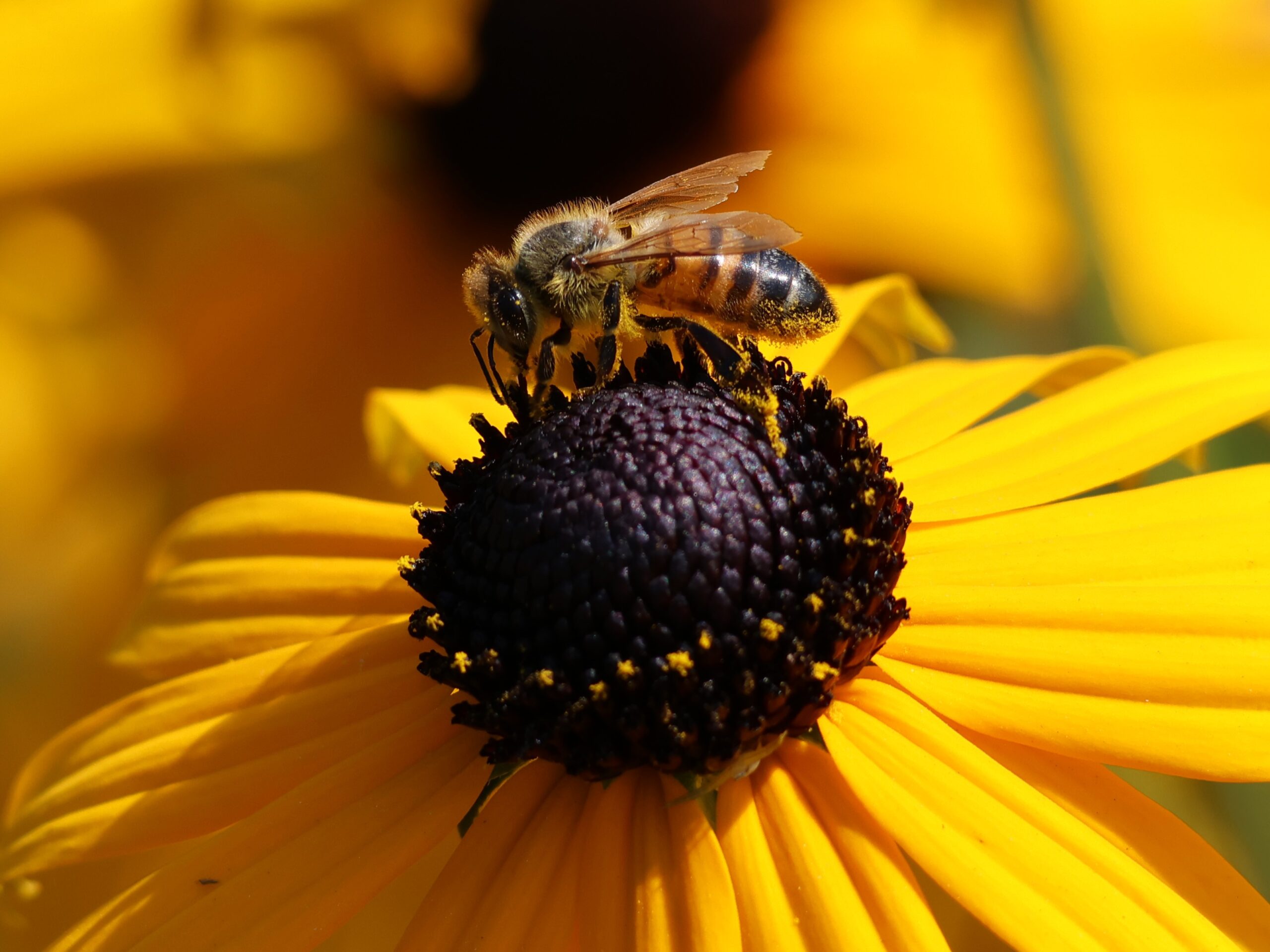
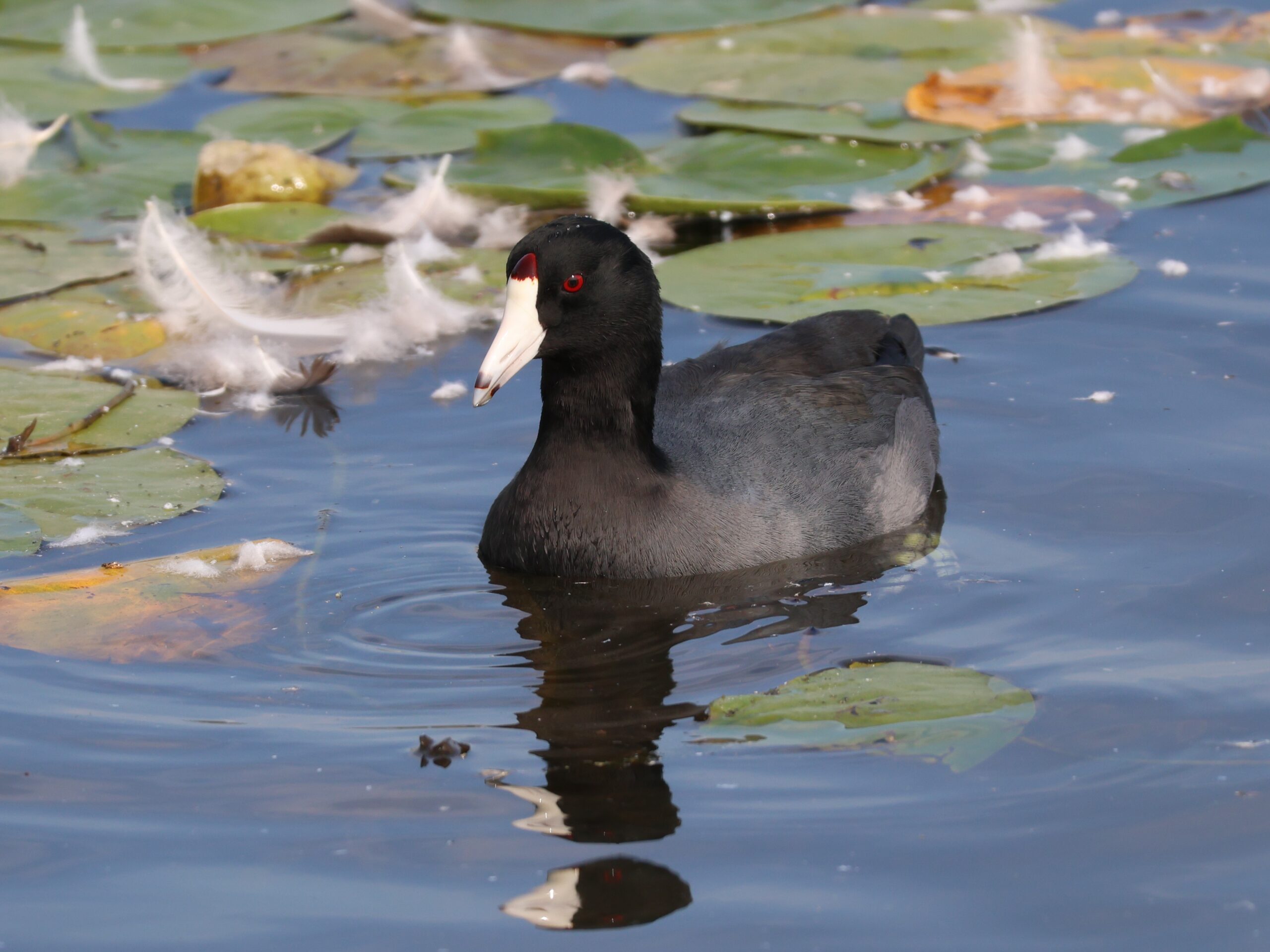
The Birds (and other critters)
Sparrows and sparrow-adjacent:
- Bewick’s wren (heard, not seen)
- Black-capped chickadee
- Purple martin
- Song sparrow
- Spotted towhee (heard, not seen)
- White-crowned sparrow (heard, not seen)
Waterfowl and shorebirds:
- American coot (one!)
- Canada goose
- Common merganser
- Double-crested cormorant
- Great blue heron
- Hooded merganser
- Long-billed dowitcher
- Mallard
- Northern pintail
- Pied-billed grebe
- Western sandpiper
- Wood duck
Common:
- American crow
- Rock pigeon
- Various gulls
Raptors:
- Red-tailed hawk
Non-birds:
- Copious pollinators
- Raccoons (actually after birding, and in my neighbourhood. I think they were having a meeting over lunch)






